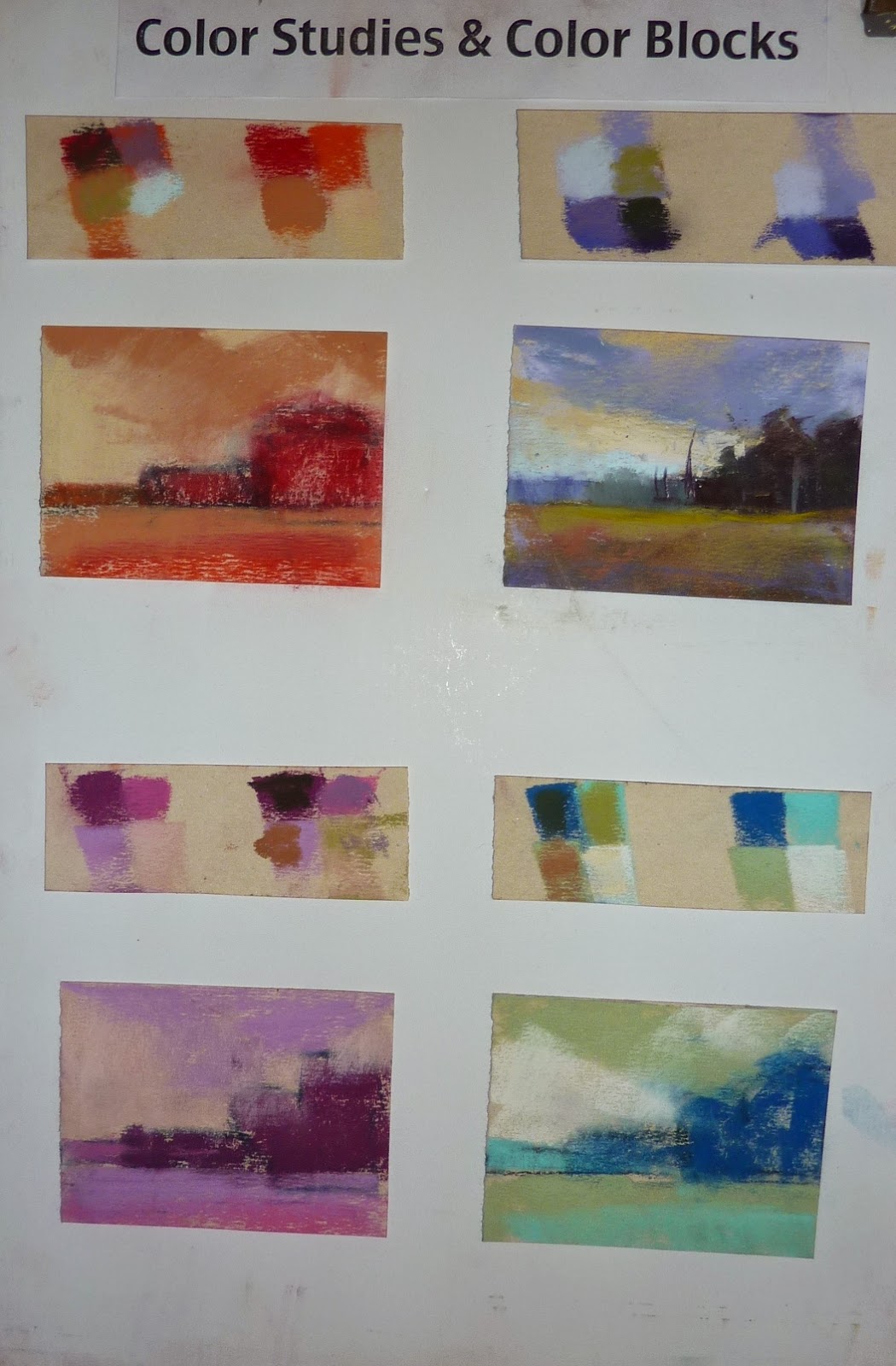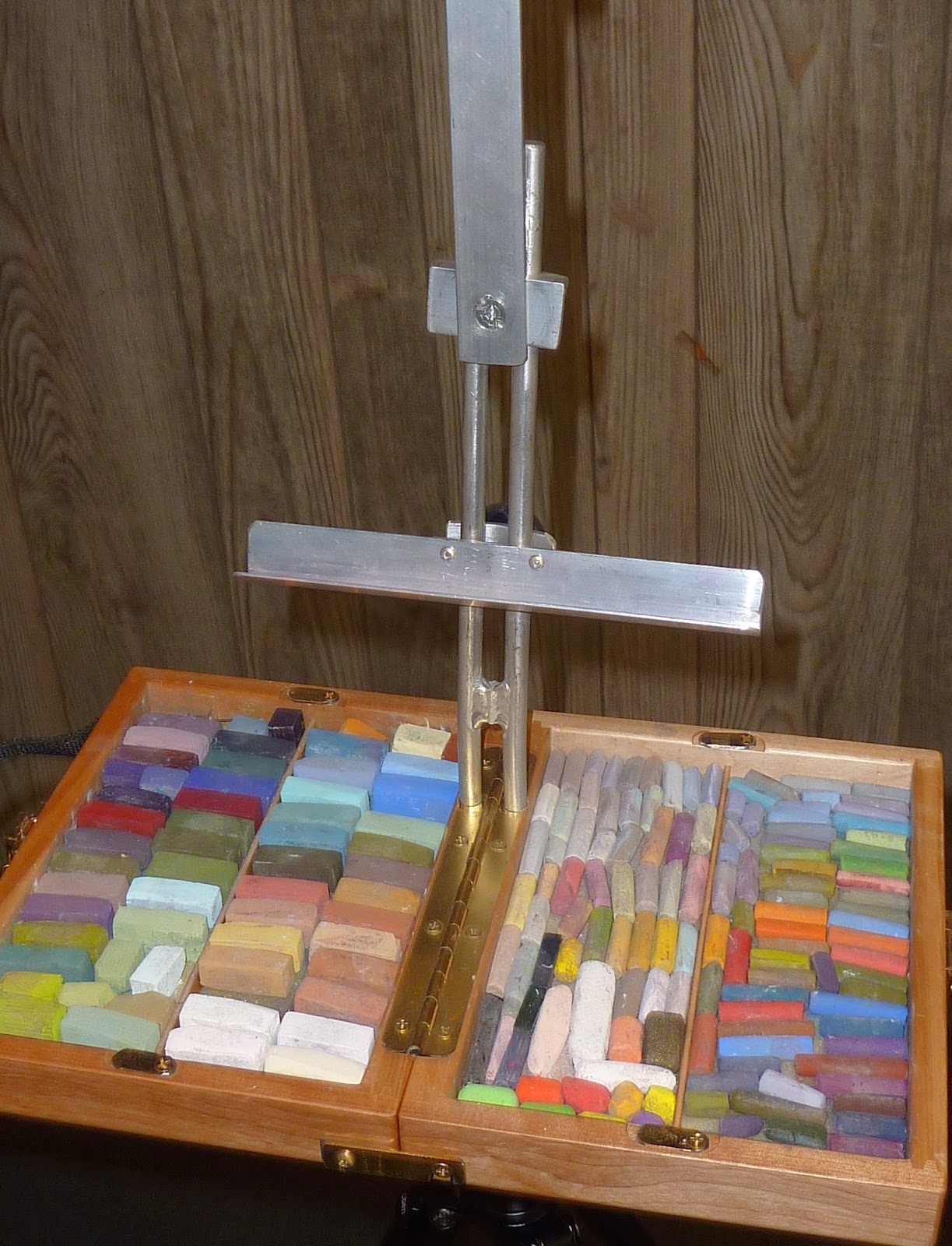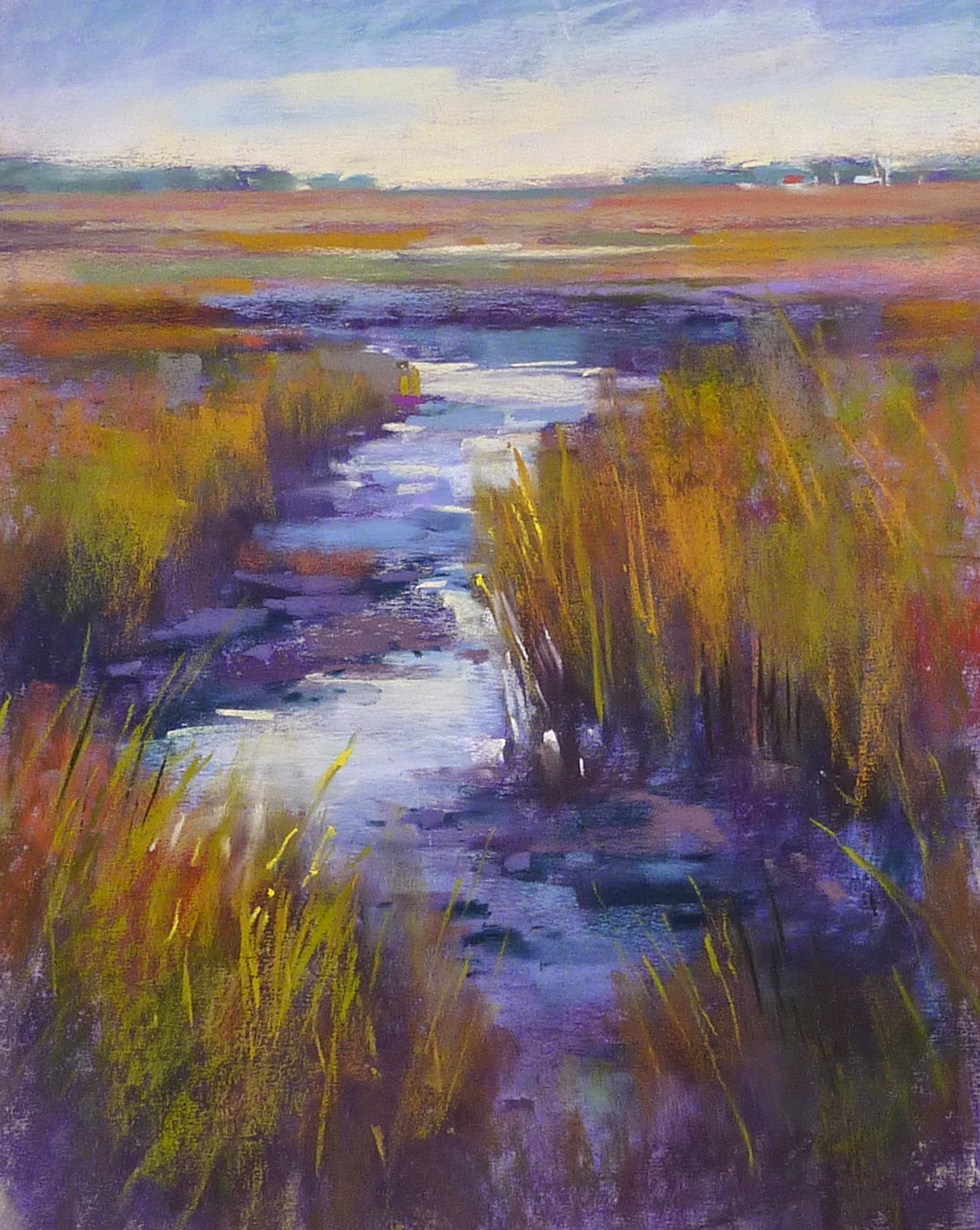| 'Happy Meadow' 5x7 pastel ©Karen Margulis click here to purchase $45 |
My daughter is an avid fan of certain channels on YouTube. She follows these 'vloggers' every day just as we read our favorite blogs everyday. She encouraged me to start my own YouTube channel and share my art life through video. At first I resisted. I have enough to do. I don't have the right equipment. I have no idea how to take and edit a video. Would anyone really want to watch?
I tested the waters a bit last year with a few simple videos on YouTube. The quality wasn't very good and the learning curve seemed steep so I let it slide. But then I needed a new camera for my upcoming art adventures. I thought it would be a good idea to get a camera that would be good for travel but would also take decent (and would be easy) to take videos....just in case.
 |
| my new camera |
Video will be the perfect complement to this blog. We are artists....visual people. I can show so much more with video!
So I am pleased to share my first episode of my new video blog 'An Artist's Life'. I plan to add a weekly installment and I will share it here. I encourage you to subscribe to my YouTube channel so you won't miss an episode!
(if you are reading this post by email the link to YouTube may not work. Go directly to the blog at www.karenmargulis.com for the link or copy and paste this address in your search bar https://youtu.be/m8VRQm-jzNE)
| I used my Great American Artworks Richard McKinley set for this painting |
- keep them small 6x8 and 5x7 are ideal
- keep them quick. Set a timer for 15-10 minutes
- keep supplies set up even if it is just a small set that is easy to access
- simplify! start with a few big simple shapes
- create a roadmap of values....decide what is mostly dark, light and mid value.
- choose the area of interest and put the most clarity in this area
- leave some mystery....don't put in every detail. the time limit helps.
- when the timer goes off STOP. Paint another one but don't fiddle with the painting
- evaluate the painting and decide on 3 marks to finish. place those mark and call it done!















